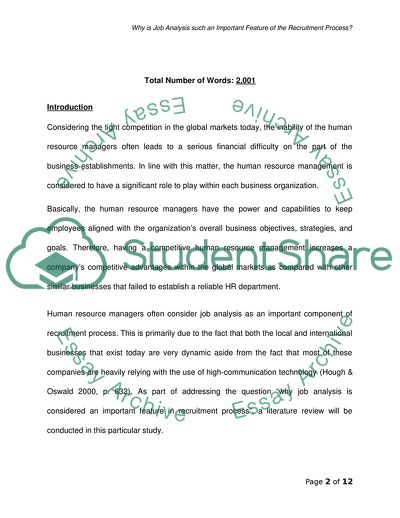Cite this document
(Job Analysis as an Important Feature of the Recruitment Process Assignment, n.d.)
Job Analysis as an Important Feature of the Recruitment Process Assignment. https://studentshare.org/sociology/1717903-why-is-job-analysis-such-an-important-feature-of-the-recruitment-process
Job Analysis as an Important Feature of the Recruitment Process Assignment. https://studentshare.org/sociology/1717903-why-is-job-analysis-such-an-important-feature-of-the-recruitment-process
(Job Analysis As an Important Feature of the Recruitment Process Assignment)
Job Analysis As an Important Feature of the Recruitment Process Assignment. https://studentshare.org/sociology/1717903-why-is-job-analysis-such-an-important-feature-of-the-recruitment-process.
Job Analysis As an Important Feature of the Recruitment Process Assignment. https://studentshare.org/sociology/1717903-why-is-job-analysis-such-an-important-feature-of-the-recruitment-process.
“Job Analysis As an Important Feature of the Recruitment Process Assignment”. https://studentshare.org/sociology/1717903-why-is-job-analysis-such-an-important-feature-of-the-recruitment-process.


